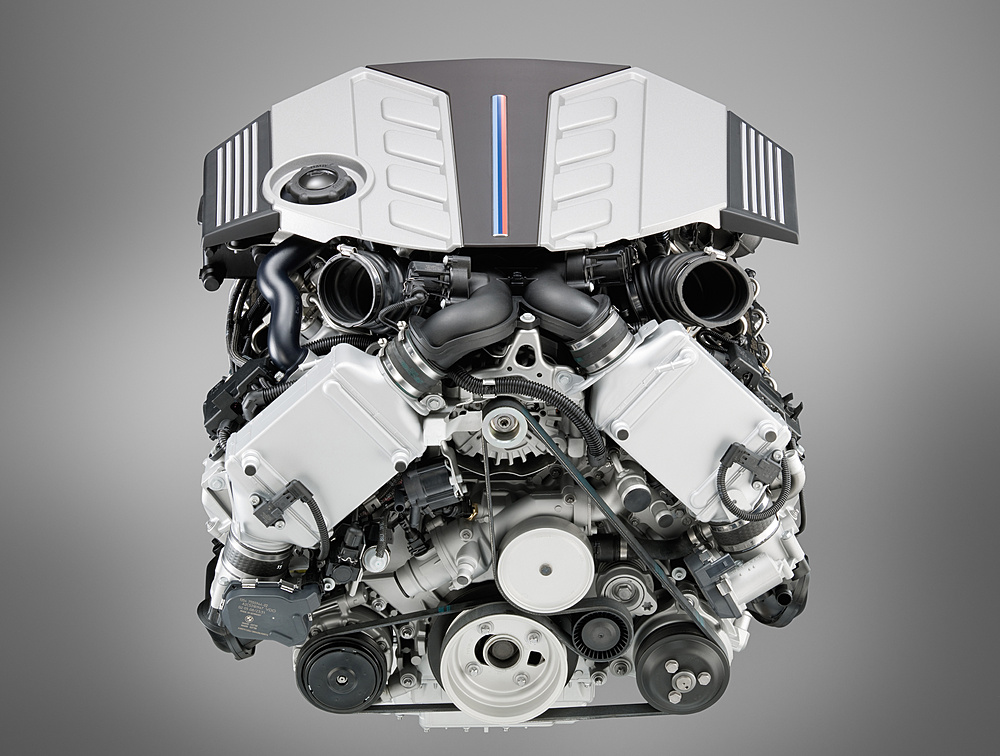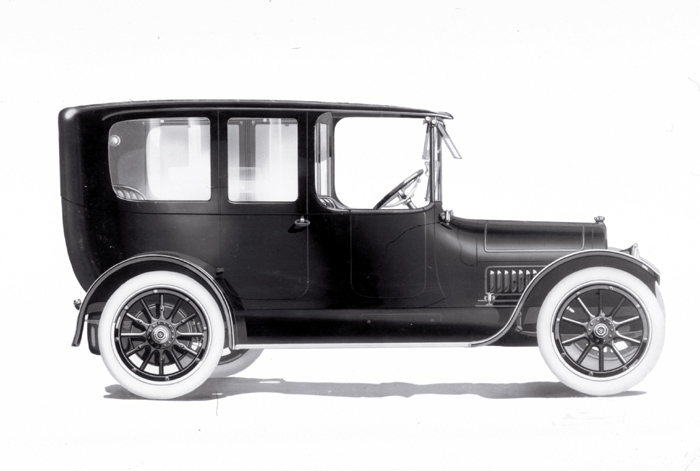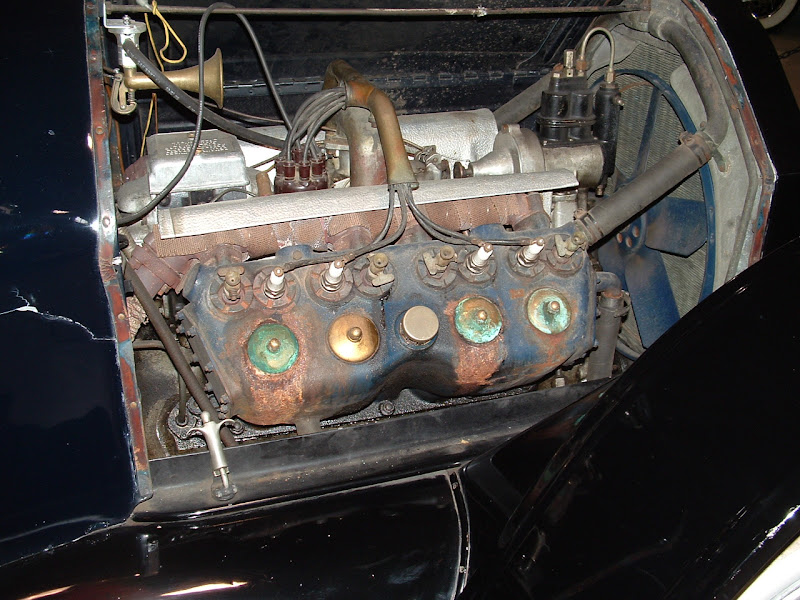Is this the base engine for the export variant of the upcoming Cadillac ATS? (ATS name not final)

4 Cylinder Ecotec LCV Engine
GM Powertrain has updated the excellent 2.4L Ecotec 4 to a new 2.5L Ecotec 4 cylinder. This engine family comes in a variety of tunes to fit different applications, but generally horsepower is up from 177 hp to 190 hp, while fuel economy may be up as well with this more efficient engine. The Ecotec family has the smaller displacement 2L turbo models, and the larger displacement now 2.5L normally aspirated models.
Will this be the export engine for the upcoming Cadillac ATS? Here in the USA a 190 hp engine would not sell well, but in Europe higher relative fuel prices may make a 190 hp ATS an attractive package — a good mix of performance versus fuel economy. I hope we will also see a small turbo diesel, but time will tell.
The overall US engine range is likely to include a 3.6L flexfuel V6 engine making 300+ hp, a twin turbo 3.6L V6 making 400+ hp, and eventually a hybrid variant. It may also include a 2L turbo 4 making 280hp, although the case for doing both a turbo 4 and a normally aspirated 6 seems weak. In fact, I would be tempted to make the turbo 4 the standard engine, and the turbo 6 the ‘V’ engine. I would still prefer to see a normally aspirated V8 in the mix, but an all-turbo lineup has a nice appeal.
Press clip on the new Ecotec engine:
MILFORD, Mich. – Chevrolet today revealed details of the all-new Ecotec 2.5L four-cylinder engine. More efficient, refined and powerful than its predecessor, the new power plant will be the standard engine in the 2013 Malibu.
The 2.5L is expected to deliver an estimated 190 horsepower (140 kW) and 180 lb.-ft. of torque (250 Nm) – about 12 percent more horsepower and 16 percent more torque than the current Ecotec 2.4L, while offering estimated highway fuel economy of more than 30 mpg (final fuel economy numbers are pending).
The new 2.5L will be available next summer, marking the debut of the all-new Ecotec engine family. Increased efficiency was the top development priority, achieved in part through lower engine friction. It was reduced by an average of 16 percent across the entire speed range, using new technologies such as a variable-displacement oil pump and an actively controlled thermostat. GM proprietary computational fluid dynamics (CFD) analysis techniques were used to develop an all-new combustion system with a higher compression ratio, which also helped boost efficiency.
The new combustion system features improved knock resistance and higher-flowing intake and exhaust ports in the cylinder head, which help increase efficiency, power and torque. The new Ecotec also has increased-authority cam phasing to minimize any compromise between efficiency, performance, emissions and driveability. Like the current generation of technically advanced Ecotec engines, the new 2.5L also features a high-pressure, direct-injection fuel system, dual overhead camshafts with continuously variable valve timing, electronic throttle control and pistons with jet-spray oil cooling.
It is also expected to be one of the quietest and most refined engines in the segment.
“The noise intensity is 40 percent less than our 2.4L direct-injected engine, which was named one of Ward’s 10 Best Engines,” said Mike Anderson, global chief engineer. “Engineers also tuned the 2.5L to deliver more of its torque at lower rpm, giving the Malibu a stronger feel at launch and during on-demand maneuvers, such as passing or accelerating on a freeway entrance ramp.”
Several new features give the 2.5L its segment-challenging refinement:
- Balance shafts relocated from the block to a module with an integrated oil pump in the oil pan to reduce noise and vibration
- A stiffer and stronger forged steel crankshaft that enables quieter and smoother engine operation at high rpm
- Inverted-tooth chains for the camshaft and balance shaft drives for quieter operation
- A unique, two-piece oil pan design, with an aluminum upper section to provide structural support and a stamped steel lower section to dampen overall noise
- A cast aluminum bedplate with cast iron bearing cap inserts to help increase dynamic stiffness and reduce noise and vibration
- Key sound attenuation enhancements such as a structural front engine cover, structural cam cover and lightweight composite acoustic intake manifold cover.
The new Malibu will be sold in nearly 100 countries on six continents. It is available in LS, LT, ECO and LTZ models in North America. Malibu will be built in multiple locations around the globe, including the Fairfax, Kan., and Detroit-Hamtramck assembly plants in the United States. Pricing will be announced later this year.



